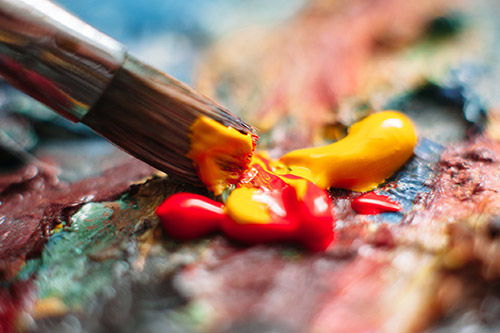Introduction
During the 19th century, there was finally a move away from religious, church-controlled art, and artists began to create for themselves or for commissions. We will be focusing on the different artistic movements of the 19th century in this lesson and in the following lesson.
As you go through these next two lessons, you may recognize several of the artists and their works of art. You will learn why they painted the way they did and what was happening in their lives that influenced what and how they painted. The 19th century actually marked the beginning of the age of Modern Art, which refers to art that was produced in the late 1860s through the 1970s and that rejected traditionally accepted forms and emphasized individual experimentation and sensibility.
There were many art movements during the 19th century, and we will be looking at a few of the more popular ones. Understanding what affected the artists of this century will help you to appreciate their artwork and hopefully encourage you to investigate some of the other movements that we won't get to in these lessons.

| Lesson Objectives |
|
Following successful completion of this lesson, students will be able to...
Enduring Understandings
The above objectives correspond with the Alabama Course of Study: Elements of Arts Literacy standards: 2, 3, 4, 6, 7, 8. |
